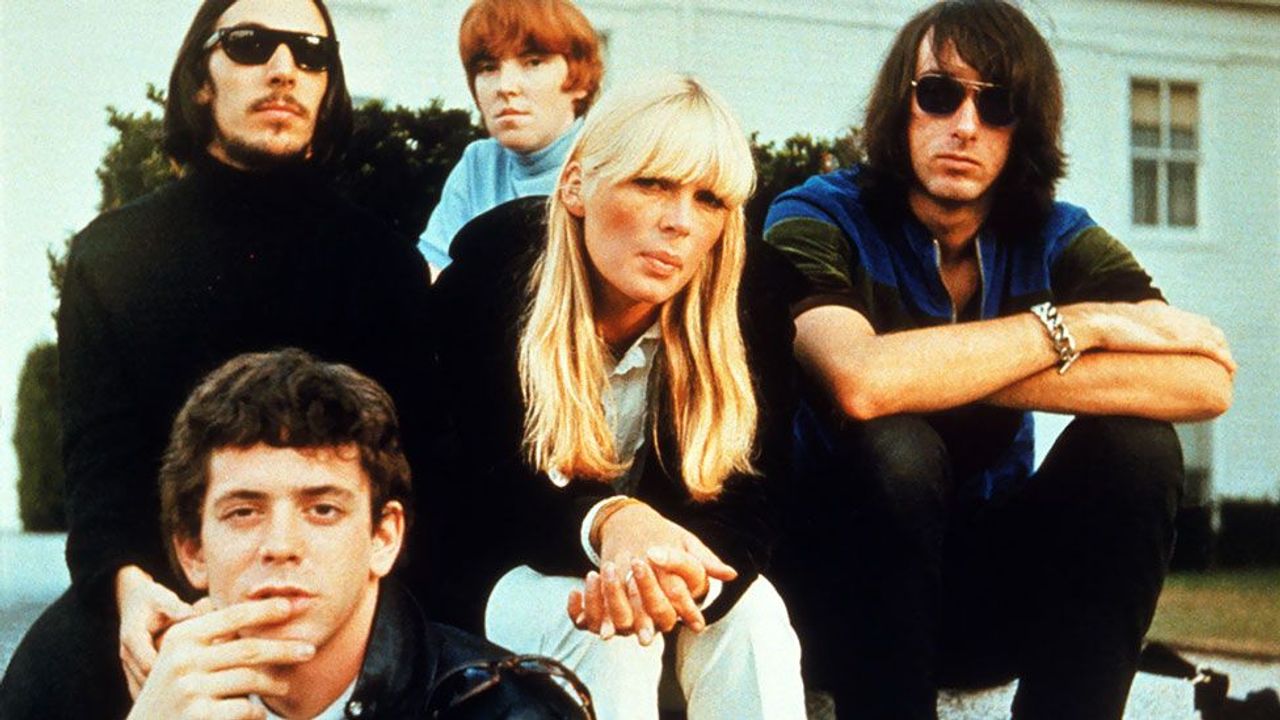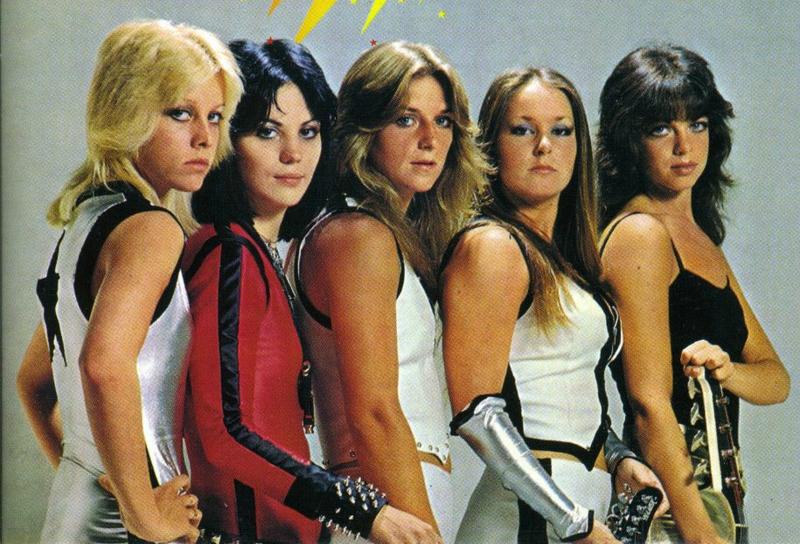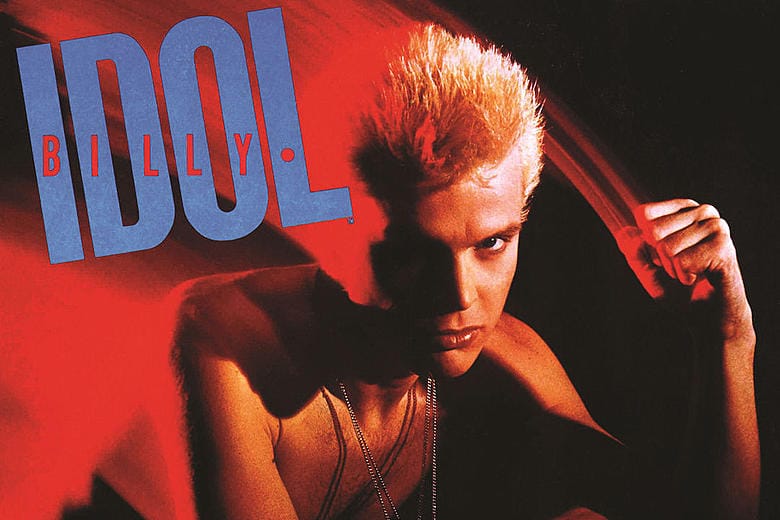Released in March 1967, The Velvet Underground & Nico was a seismic event in the history of music, marking a radical departure from the flower-powered optimism of the era. Conceived in the heart of New York City’s burgeoning avant-garde scene, the album’s stark, uncompromising sound and lyrical content were a far cry from the polished pop and psychedelic rock dominating the airwaves. The Velvet Underground, led by Lou Reed and John Cale, with the addition of Nico’s haunting vocals and the artistic backing of Andy Warhol, created a body of work that remains profoundly influential to this day.
Musical Composition and Innovation: The Velvet Underground & Nico is an album of contrasts and contradictions. From the opening track, “Sunday Morning,” with its delicate celesta and dreamy atmosphere, to the raw, visceral power of “Heroin,” the band explores a wide range of sonic landscapes. The album’s production, often criticized at the time for its roughness, now feels like a deliberate artistic choice. The lo-fi quality adds to the immediacy and intimacy of the music, creating a feeling that these songs were born from the streets of New York rather than a recording studio.
The songwriting of Lou Reed is central to the album’s impact. Reed’s lyrics are both literary and brutally honest, addressing themes like addiction, sexual deviance, and the darker sides of human nature. On “Heroin,” Reed delivers a narrative that fluctuates between euphoria and despair, mirroring the highs and lows of drug use with a musical backdrop that crescendos into chaotic noise. This track, in particular, is a prime example of how The Velvet Underground used musical dynamics to convey the emotional content of their lyrics.
John Cale’s contribution cannot be overstated. His background in classical music and the avant-garde brought an experimental edge to the band’s sound. The use of a droning viola on “Venus in Furs” creates a sense of unease and tension, perfectly complementing the song’s exploration of sadomasochism. Cale’s affinity for dissonance and unconventional song structures pushed the boundaries of rock music, making the album a precursor to genres like punk, noise rock, and even industrial music.
The inclusion of Nico, with her deep, melancholic voice, added a unique dimension to the album. Songs like “Femme Fatale” and “All Tomorrow’s Parties” showcase her vocal delivery, which is detached yet emotive, lending an ethereal quality to the otherwise gritty sound of the band. Nico’s presence also tied the album even more closely to the world of high art, as her status as a Warhol superstar brought a sense of European sophistication and mystique.
Track-by-Track Exploration: The album opens with “Sunday Morning,” a deceptively gentle introduction that lulls the listener into a false sense of security. The song’s shimmering celesta and Reed’s soft vocals evoke a sense of nostalgia and melancholy, but beneath the surface lies a sense of unease, a prelude to the darkness that follows.
“I’m Waiting for the Man” is a gritty portrayal of a day in the life of a drug user, set to a driving, almost hypnotic rhythm. The repetitive piano line and pounding beat mirror the protagonist’s anxious anticipation, while Reed’s deadpan delivery captures the gritty realism of the New York streets.
“Femme Fatale,” with Nico on lead vocals, is a standout track that blends pop sensibility with a dark undercurrent. The lyrics, reportedly about Warhol superstar Edie Sedgwick, are a cautionary tale wrapped in a catchy melody, highlighting Reed’s ability to write songs that are both accessible and deeply layered.
“Venus in Furs” is perhaps the album’s most unsettling track. With its droning viola, dissonant guitar, and lyrics inspired by Leopold von Sacher-Masoch’s novel of the same name, the song delves into themes of sadomasochism and submission. The repetitive, almost trance-like quality of the music reinforces the sense of obsession and compulsion, making it one of the most memorable and influential songs on the album.
“Run Run Run” returns to the theme of urban decay, with its fast-paced, almost chaotic energy and lyrics about the desperate lives of drug users. The song’s structure is loose, with extended instrumental breaks that allow the band to experiment with noise and feedback, foreshadowing the punk aesthetic that would emerge a decade later.
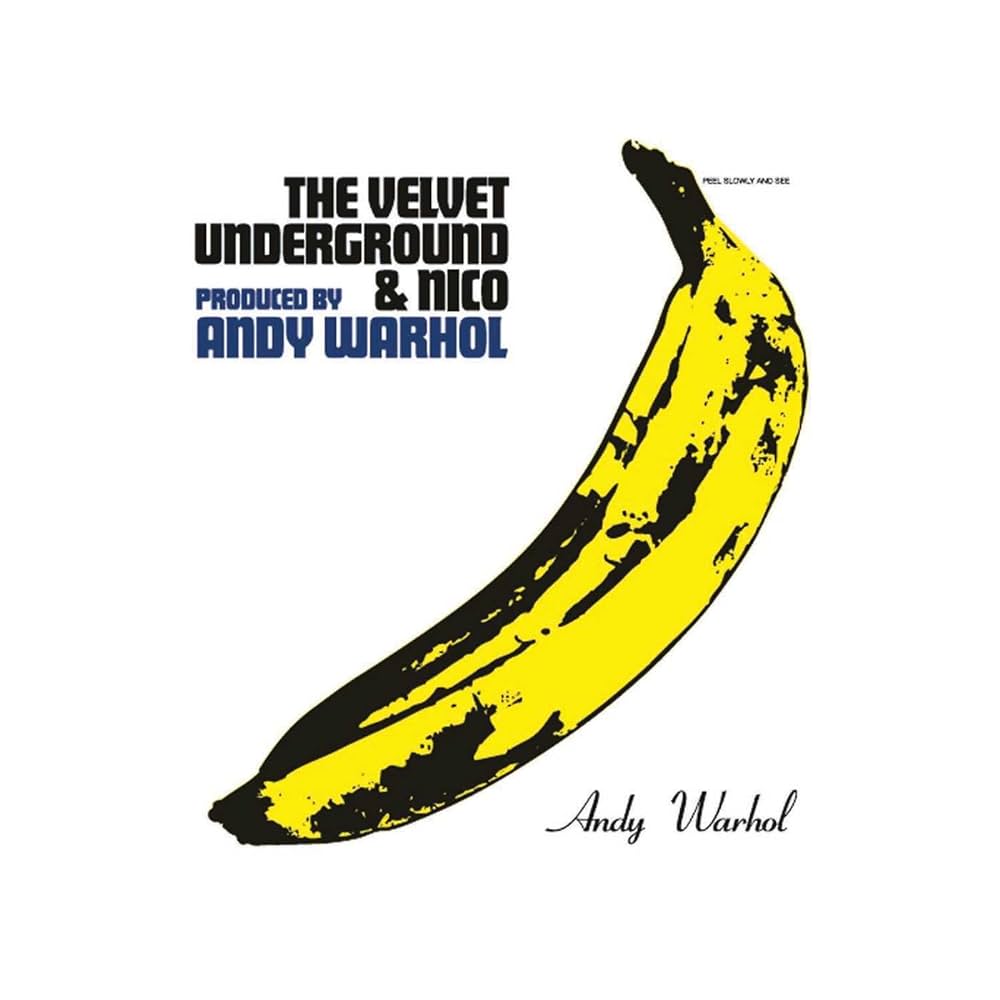
“All Tomorrow’s Parties,” another Nico-led track, is a hauntingly beautiful song that reflects on the fleeting nature of youth and beauty. The repetitive piano line and droning bass create a hypnotic effect, while Nico’s deep, detached vocals give the song an almost funereal quality. The track is a perfect example of how The Velvet Underground could blend the sublime with the unsettling.
“Heroin” is the album’s centerpiece, a seven-minute exploration of the highs and lows of addiction. The song’s structure mirrors the effects of the drug, starting slow and quiet before building to a chaotic, frenzied climax. Reed’s lyrics are stark and unflinching, offering no moral judgment but instead presenting a vivid, almost cinematic portrayal of the experience.
“There She Goes Again” provides a brief respite with its upbeat tempo and catchy melody, though the lyrics still touch on themes of disillusionment and lost love. The song is one of the more straightforward rock tracks on the album, yet it maintains the band’s signature edge.
“I’ll Be Your Mirror,” a tender ballad sung by Nico, offers a moment of introspection and vulnerability. The lyrics are simple but poignant, capturing the essence of a supportive relationship. This track stands in contrast to the rest of the album, showing the band’s versatility and ability to convey a wide range of emotions.
The album closes with “The Black Angel’s Death Song” and “European Son,” two tracks that delve deep into the band’s experimental side. “The Black Angel’s Death Song” is a dissonant, free-form piece that combines Reed’s stream-of-consciousness lyrics with Cale’s droning viola, creating a sense of impending doom. “European Son,” the longest track on the album, begins with a straightforward rock riff before descending into a chaotic, feedback-laden jam. The song’s destructive energy serves as a fitting end to an album that constantly pushes the listener’s boundaries.
Cultural and Artistic Impact: While The Velvet Underground & Nico was largely ignored by mainstream audiences upon its release, its influence has only grown with time. The album’s willingness to confront uncomfortable truths and its embrace of experimental soundscapes laid the groundwork for countless musical movements. It was a crucial precursor to the punk movement of the late 1970s, as its raw energy, DIY ethos, and disregard for commercial appeal resonated with a new generation of musicians.
The album’s impact extended beyond music into the realms of art and culture. Andy Warhol’s involvement was pivotal, not just for his famous banana cover but for his role in framing the album as a work of art. The Velvet Underground was more than just a band; they were part of Warhol’s multimedia project, the Exploding Plastic Inevitable, which combined music, film, and performance art. This fusion of different artistic disciplines helped to elevate rock music to a form of high art, breaking down the barriers between popular culture and the avant-garde.
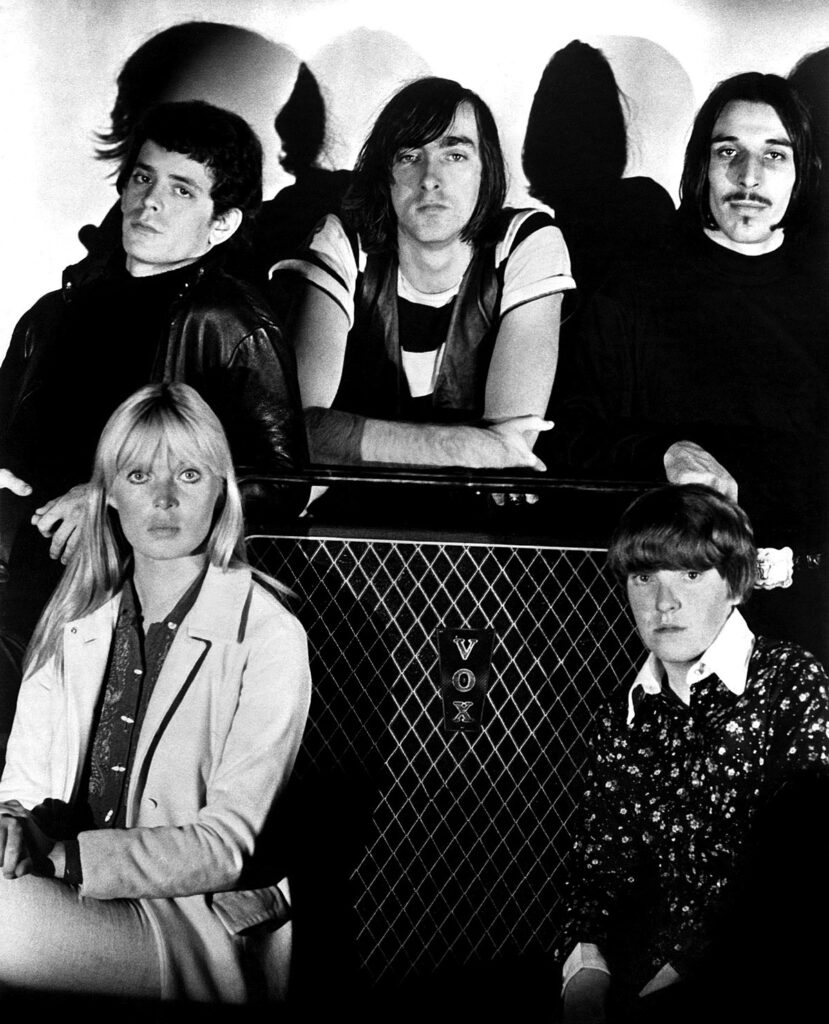
In the context of New York City’s alternative scene, The Velvet Underground & Nico was both a product and a reflection of its environment. The band’s music captured the gritty, underground atmosphere of the city, with its focus on the lives of outsiders and the underbelly of urban life. The album became a soundtrack for the disaffected youth of the city, those who were drawn to the darker, more experimental side of life. This connection to the New York scene, particularly through Warhol’s Factory, helped to establish the city as a hub of artistic innovation and countercultural activity, influencing everything from punk rock to contemporary art.
The Velvet Underground & Nico is more than just an album; it is a cultural artifact that continues to resonate across generations. Its radical approach to music, blending raw rock and roll with avant-garde experimentation, set it apart from anything else that was happening in the 1960s. The album’s influence on music history is profound, laying the groundwork for entire genres and challenging the conventions of what rock music could be. Its connection to the art world, particularly through Andy Warhol, further solidified its status as a groundbreaking work of art. In the context of New York City’s alternative scene, the album stands as a testament to the city’s role as a crucible of artistic and cultural innovation. Fifty-seven years after its release, The Velvet Underground & Nico remains a vital, influential work that continues to inspire musicians, artists, and fans alike.
